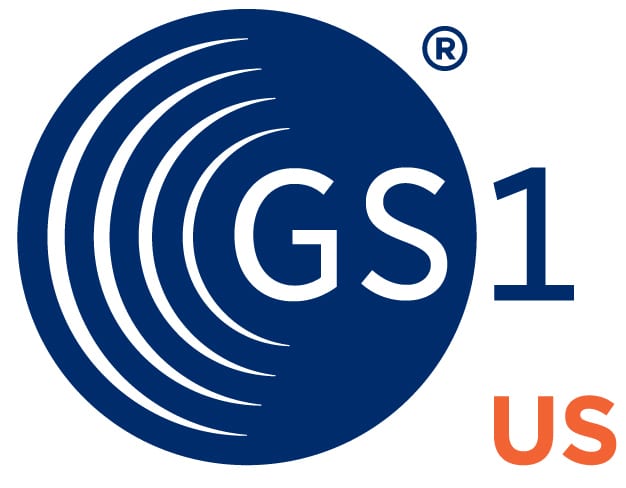Many food industry stakeholders’ initial New Era efforts are focused on two foundational principles of the New Era blueprint: Critical Tracking Events (CTEs) and Key Data Elements (KDEs), which are intended to help harmonize traceability language between stakeholders through the use of standardized identifiers. Supply chain partners should make sure that their current use of CTEs and KDEs align with the blueprint requirements, which are also included in the FSMA traceability rule and will be finalized in 2023.
DJP: Why is GS1 the right solution for food/foodservice industry distribution (including temperature/controlled warehousing/cold storage)?
LS: GS1 Standards can be leveraged in a variety of different traceability solutions to assure data consistency and interoperability. The standards themselves are not a solution but a key component in any solution that can be used system-wide for improving traceability. For example, EPCIS (Electronic Product Code Information Services) is a data sharing standard that provides more detail on critical tracking events such as the state of the item (e.g., saleable, expired, or in transit) or current conditions like temperature. Having real time access to this information across the supply chain can mean safer food, less waste, and higher quality products being sold on shelves and served in restaurants.
DJP: What are some of the top reasons why a processor and/or distributor of low-moisture bakery or snack producer (breads, buns, rolls, tortillas, crackers, pretzels, etc.) serving the foodservice market should invest in a robust traceability system?
LS: There are several system-wide benefits of using global standards to provide traceability in the supply chain. One of these is recall readiness. Track and trace capabilities enable fast, accurate removal of products from distribution when needed; GTINs and GLNs provide the data for accurately identifying and finding those products. In addition, product transparency that is afforded by encoding product identifiers and attributes in a barcode, using GTINs, enables the robust product information that consumers are looking for. This is helpful for retailers deciding what products to buy in order to satisfy their customers. Improved visibility allows supply chain partners to accurately identify products and their locations in real time, for better ordering and inventory control. Especially in a world where product shortages are not uncommon, every stakeholder needs up-to-the-minute visibility into product availability and delivery forecasts.
DJP: How would a processor and/or distributor begin the process of adopting the GS1 Standards?



